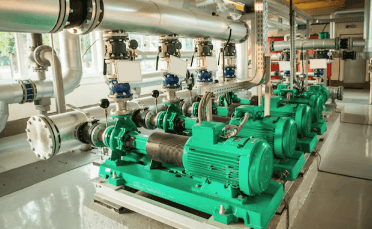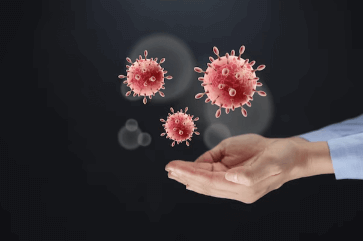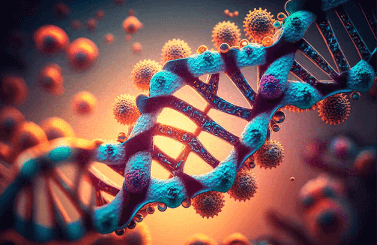Question
a.
hydrophobic specificity pocket
b.
hydrophilic specificity pocket
c.
cluster of reactive serine residues
d.
single reactive serine residue
Posted under Biochemistry
Interact with the Community - Share Your Thoughts
Uncertain About the Answer? Seek Clarification Here.
Understand the Explanation? Include it Here.
Q. Common feature in all serine proteases is a
Similar Questions
Explore Relevant Multiple Choice Questions (MCQs)
Q. Enzyme-driven metabolic pathways can be made more efficient by
View solution
Q. Which of the following (s) is/are serine proteases?
View solution
Q. Which of the following statements about enzymes or their function is true?
View solution
Q. Tryprotophan synthetase of E.coli, a typical bifunctional oligomeric enzyme consist of
View solution
Q. What is the specificity of the Clostripain protease?
View solution
Q. How is the enzyme COX-1 important in human health?
View solution
Q. The proteolysis rate enhancement by chymotrypsin (~10¹⁰ folds) corresponds to a reduction in activation energy of about
View solution
Q. Which of the following is false statement with regard to comparison between Serine and HIV proteases?
View solution
Q. In the enzyme-catalyzed reaction shown below, what will be the effect on substances A, B, C, and D of inactivating the enzyme labeled E2?
A ---(E1)---> B ---(E2)---> C ---(E3)--->
View solution
Q. The nucleophile in serine proteases is
View solution
Q. The role of Asp 102 and His 57 during trypsin catalysis is to
View solution
Q. Gluconeogenesis requires a higher amount of ATP equivalents as compared to that produced by glycolysis because
View solution
Q. Which of the following is carried out when cAMP functions as a second messenger?
View solution
Q. The production or break down of __________ is often coupled with the metabolic reactions of biosynthesis and catabolism.
View solution
Q. The cells dependent solely on glucose as an energy source are
View solution
Q. The main site for gluconeogenesis is
View solution
Q. Fructose is metabolized by
View solution
Q. A common way that cells capture the energy released during the breakdown of large molecules is to add electrons to smaller, specialized molecules that can accept them. This process of electron acceptance is otherwise known as
View solution
Q. Humans are unable to digest
View solution
Q. How many ATP equivalents per mole of glucose input are required for gluconeogenesis?
View solution
Recommended Subjects
Are you eager to expand your knowledge beyond Biochemistry? We've handpicked a range of related categories that you might find intriguing.
Click on the categories below to discover a wealth of MCQs and enrich your understanding of various subjects. Happy exploring!








